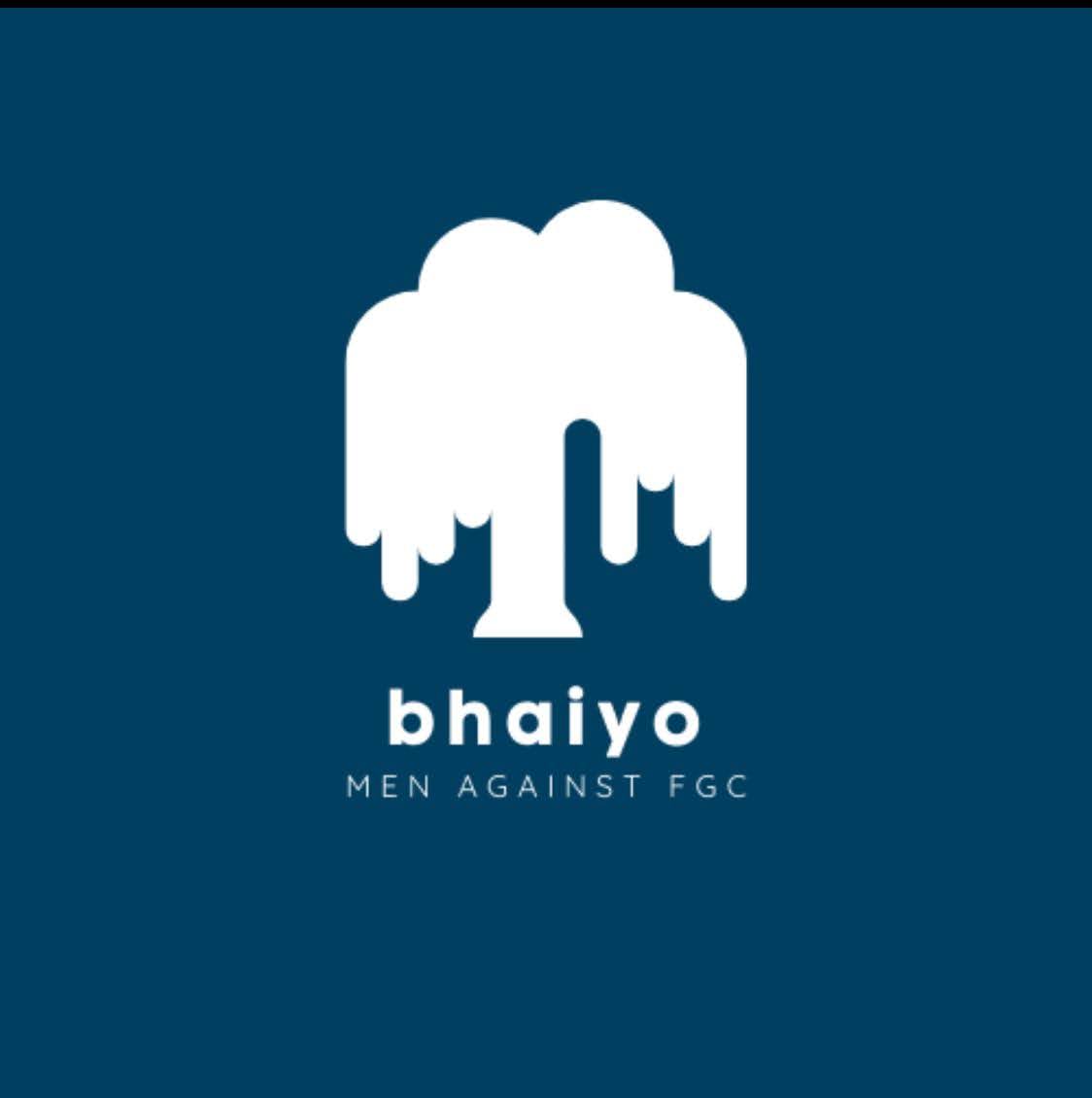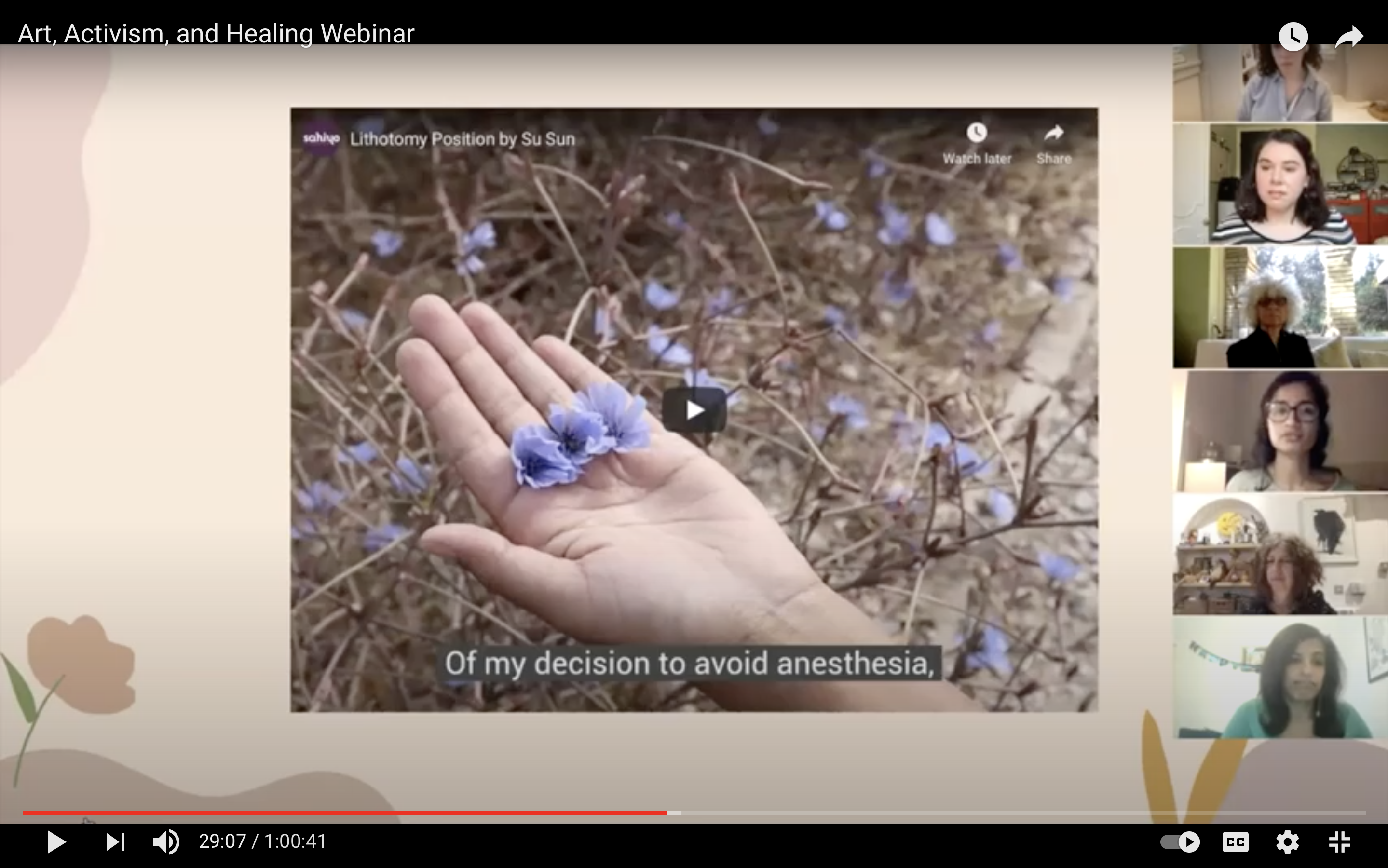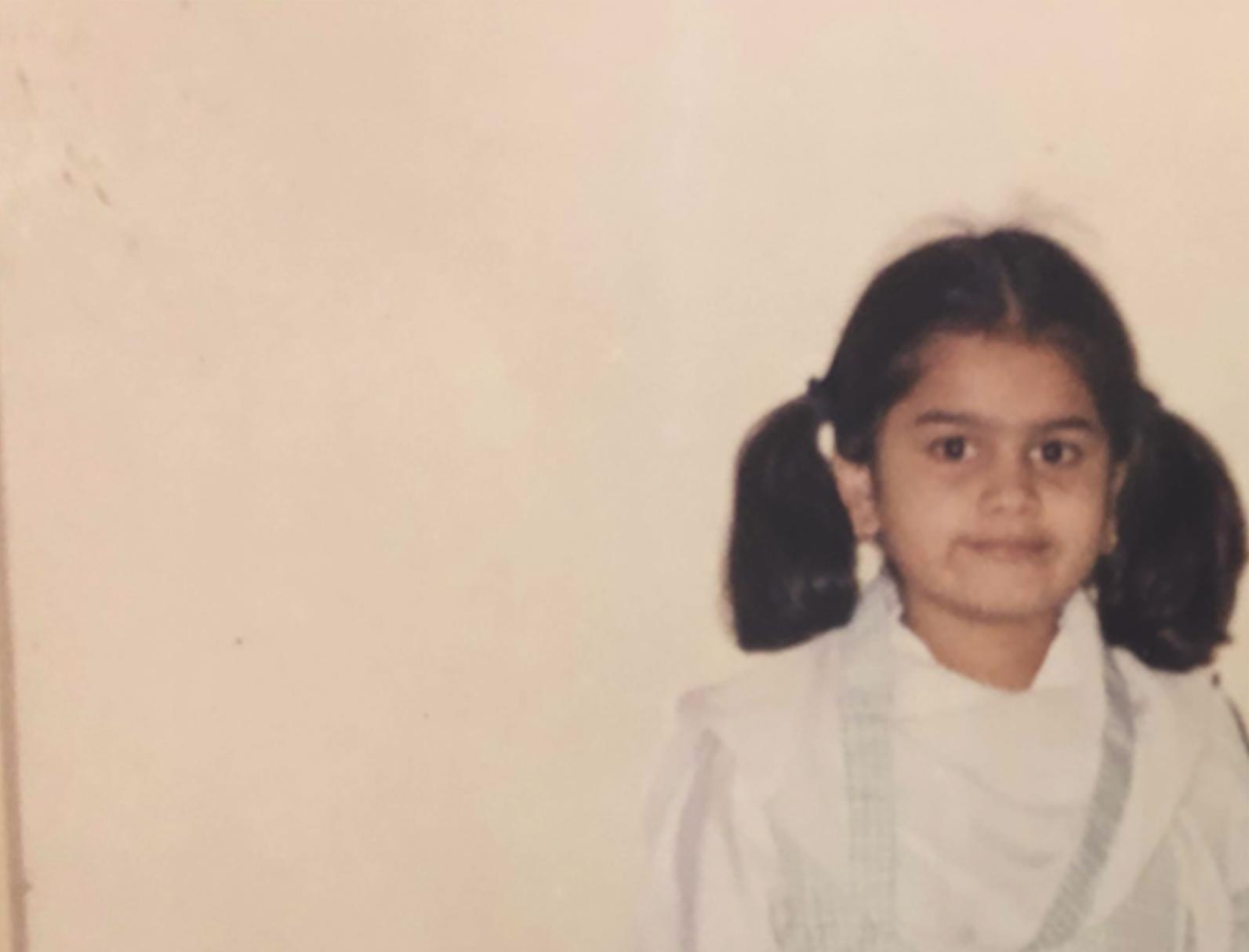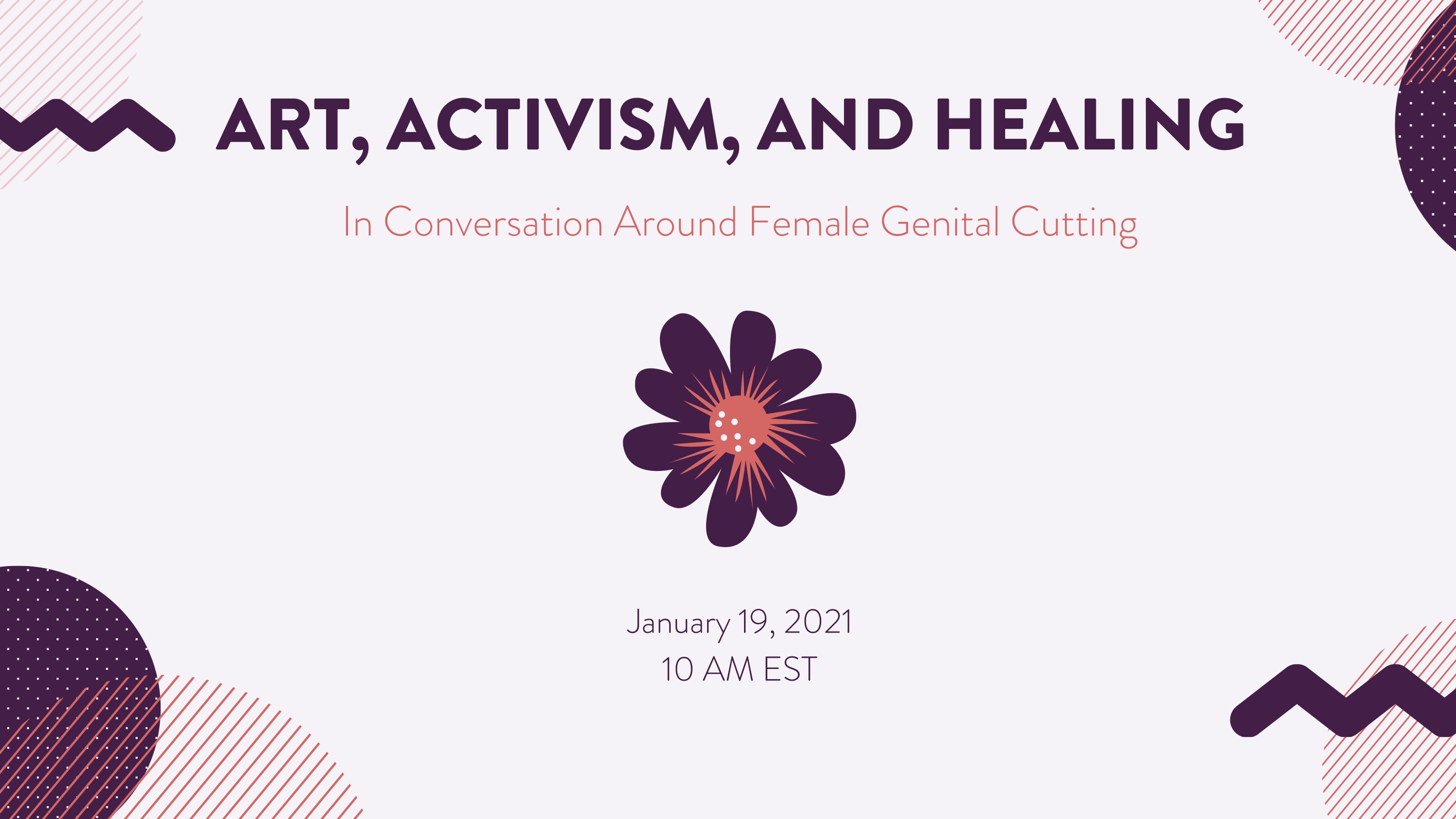Launching Sahiyo’s Newest Program, Bhaiyo: Male Allies United in Ending Female Genital Mutilation/Cutting
Boston, Massachusetts, February 6, 2021
On Feburary 6th 2021, The International Day for Zero Tolerance to FGC, Sahiyo is launching “Bhaiyo” (“brothers” or “male friends” in Gujarati), is a program for male allies working to spread education and awareness on the human rights issue of female genital mutilation/cutting (FGC).
Bhaiyo’s mission is to build a community where men, Sahiyo members, and survivors will be able to discuss female genital cutting in hopes of changing the narrative, and creating a shift towards ending this harmful practice.
“Bhaiyo allows men to have open and honest conversation about a topic they may or may not know should be important to them. As brothers, it’s our collective responsibility to leave the world safer than we found it for those that we love. Bhaiyo aims to raise awareness to help advocates and survivors working to end FGC today,” said Murtaza Kapasi, Bhaiyo program lead.
FGC has been on the public radar as of late, due to a first of its kind indictment of a Houston-based woman who transported a minor out of the country, for the purpose of the youth undergoing FGC. Just days before, on January 5th, another major announcement came out: the H.R. 6100-STOP FGM Act was signed into law, an act which criminalizes female genital cutting and makes certain government agencies such as the Departments of Education and Justice, responsible for reporting to Congress on the estimated number of wome nand girls who have undergone or at risk of FGC in the United States. These are both groundbreaking legal moves, but Sahiyo knows it takes more than law to end FGC. Bhaiyo is another step towards engaging with communities, to change social norms and cultural tradition from within. By bringing men’s voices more actively into the conversation, we believe our program will accompany the law by bringing about societal change via dialogue and education.
In recognition of Bhaiyo, we will be hosting the webinar, “Everyone’s Responsibility” on February 23rd, at 12 noon EST. This webinar will focus on the role male allies play in prevention efforts towards ending female genital cutting (FGC). Four expert panelists will lead the webinar, Jeremiah Kipainoi, Murtaza Kapasi, Khadijah Abdullah, and Tony Mwebia. All of them have worked in the field of FGC prevention, encouraging men to become active in empowering communities to abandon FGC. To learn more about the role men play in FGC prevention, and how you can encourage male allyship, please register for the event. Feel free to grab a beverage or a snack beforehand and join us for what is sure to be an insightful and empowering conversation. This event is open to anyone who wishes to attend.
Register Today: http://bit.ly/EveryonesResponsibilityTickets For more information, contact Sahiyo at This email address is being protected from spambots. You need JavaScript enabled to view it..
Would you like to be a Bhaiyo? Submit an application here.








